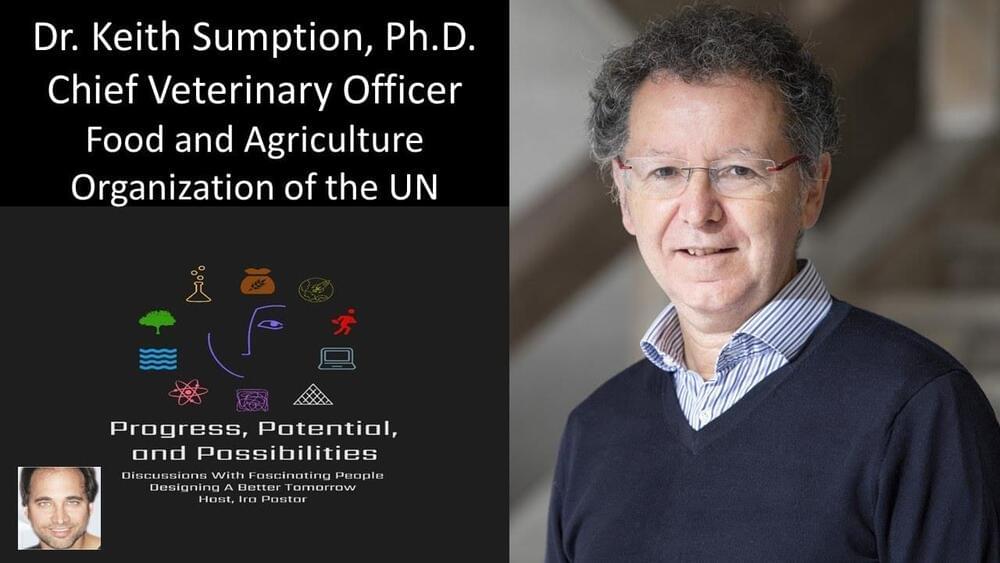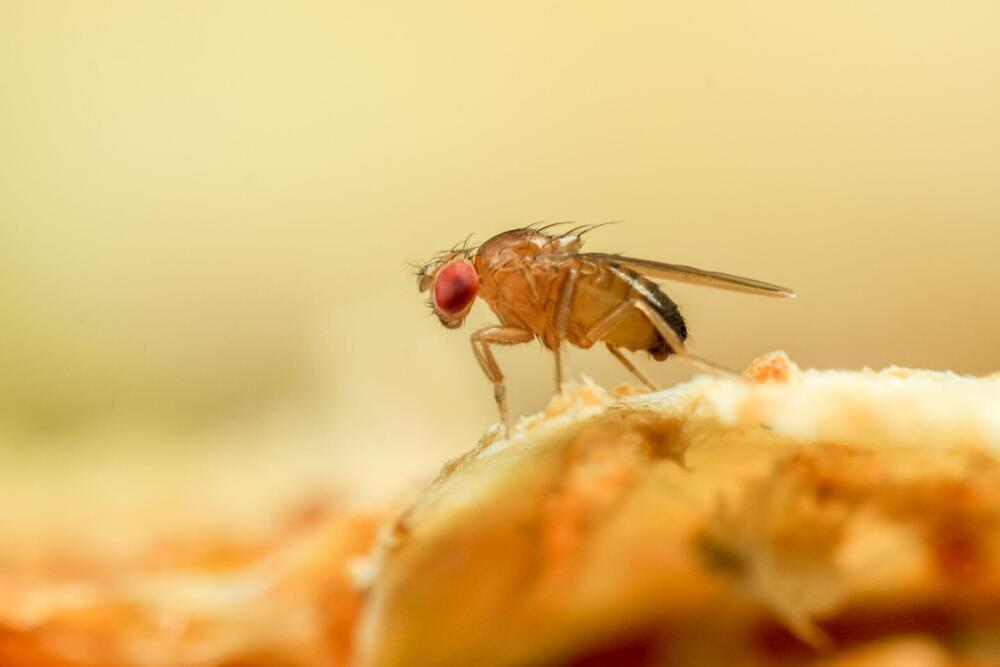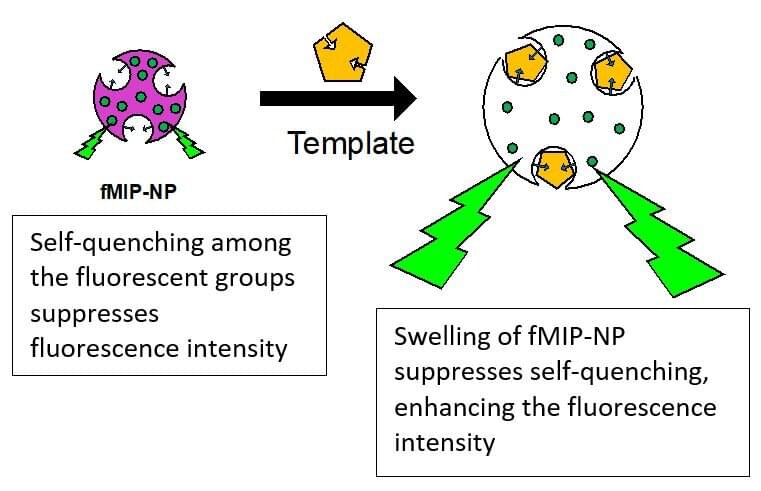Mar 14, 2023
US to transfer nuclear submarine technology to Australia under new AUKUS deal
Posted by Gemechu Taye in category: nuclear energy
The move uses a loophole in the NPT and prompts fears of nuclear proliferation.
The U.S. will lend its advanced nuclear propulsion technology to build nuclear-powered submarines for Australia as it looks to counter the rising influence of China in the Indo-Pacific region. This is the first major agreement under the AUKUS pact, a trilateral arrangement that was set up 18 months ago with the U.K., the U.S., and Australia as signatories.
Continue reading “US to transfer nuclear submarine technology to Australia under new AUKUS deal” »


















